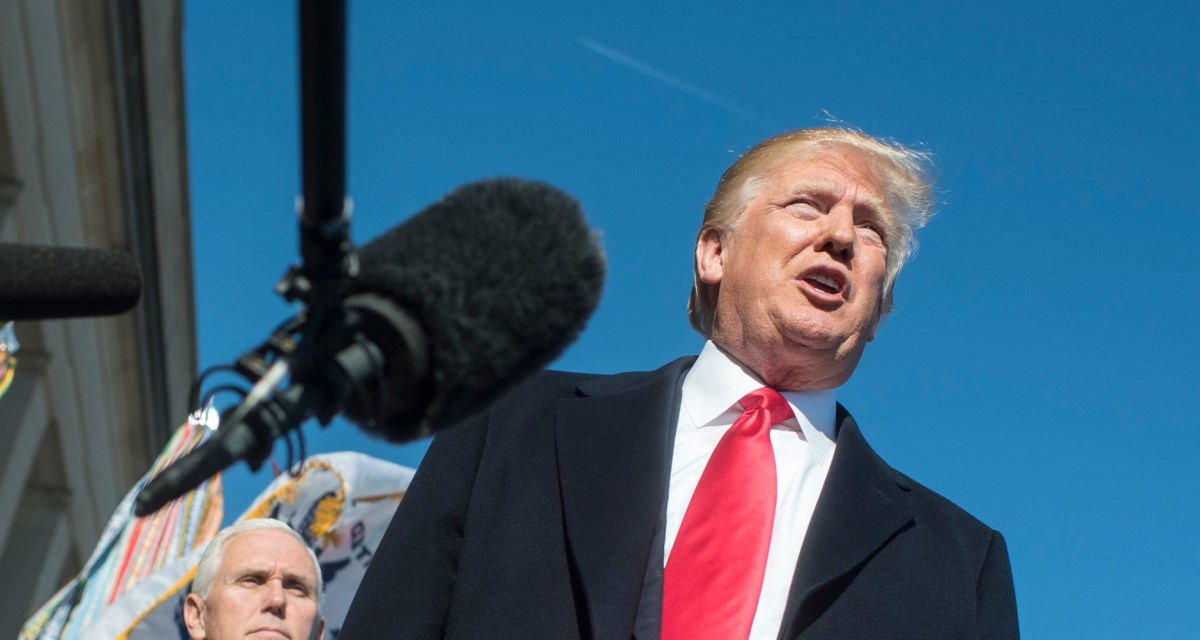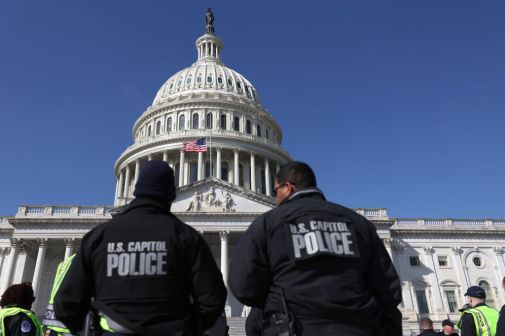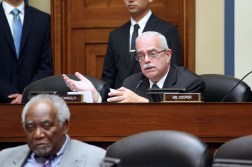Trump, Congress put the brakes on shutdown with 3-week CR

Just as the ancillary effects of the 35-day partial government shutdown continued to mount, Congress and the White House decided to hit the pause button.
President Trump said Friday that the government will reopen for three weeks under a continuing resolution while he and congressional leaders continue to hammer out a budget deal to fund about 25 percent of the executive branch.
Margaret Weichert, deputy director of management at the Office of Management and Budget, issued a letter Friday afternoon calling for the “orderly reopening” of agencies closed by the shutdown.
The agreement halts the longest shutdown in federal history, surpassing the 1995-1996 impasse that had previously been the standard bearer for fiscal stalemates.
The current shutdown closed large Cabinet agencies like the departments of Homeland Security, Commerce, Agriculture, Transportation, Treasury, Justice and others, leading to unprecedented effects for the services that each provides. But it also trickled out to the operations of other funded agencies.
On Thursday, the spending information for all federal agencies, housed on USAspending.gov, went dark due to a lack of appropriations. Data.gov, which serves as the government’s central catalog for open data sets, also went offline earlier this month.
Defense officials have been unable to meet to discuss the $10 billion JEDI cloud contract, despite the Department of Defense being funded, because the meeting required notice in the Federal Register, which was closed, a contracting trade group said last week.
Likewise, HHS was unable to demonstrate new artificial intelligence tools it helped develop for health research because the demo day it had planned was to be held in the shuttered Department of Commerce.
But the lasting, and yet fully determined, impacts of the shutdown will likely hit hardest on federal employees and contractors — especially for those working on the technology initiatives touted by the Trump administration.
While Trump signed legislation to provide back pay to federal employees, who have missed two pay periods, contractors have no such financial protections.
That has led to concerns about whether agencies and contractors will be able to retain their workers following the unprecedented shutdown; and though the CR does reopen the government, it’s hardly a guarantee that it will remain open.
Democrats were quick to both cautiously applaud the reopening of the government and pounce on the president for its closure in the first place.
“It is incomprehensible that it took President Trump 35 days to finally realize his shutdown is so harmful to the American people,” Rep. Gerry Connolly, D-Va., said in a statement. “While I am pleased he has agreed to reopen the government and get federal employees and contractors back to work, it is still unconscionable that he would hold them hostage in the first place. He must never do this again.”
With ongoing initiatives like the data, workforce and IT modernization goals of the President’s Management Agenda, the Technology Modernization Fund and the IT Centers of Excellence projects left in limbo for more than a month, there seems to be an incentive for both sides to fund the government for the rest of the fiscal year. The question remains, will they?




